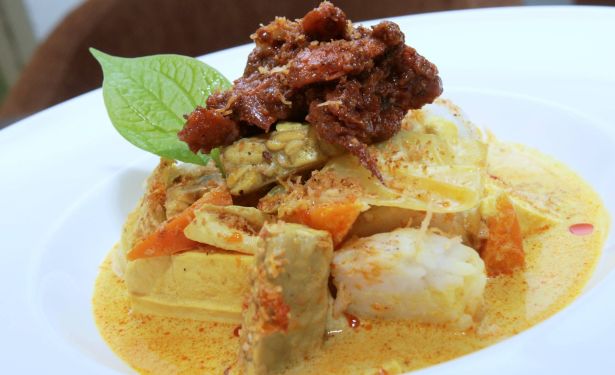Recipe Description
Paal Pongal is a traditional South Indian dish that holds great significance during festive celebrations, particularly the harvest festival of Pongal. This delectable dish, which translates directly as overflowing milk, is a culinary delight that symbolizes abundance, prosperity, and the spirit of togetherness. Celebrated predominantly in Tamil Nadu, Ponggal is a four-day harvest festival that marks the end of the winter solstice and the onset of the auspicious Uttarayan period.
The festival of Pongal is dedicated to the Sun God, and Paal Pongal is traditionally cooked outdoors under the warmth of the sun. The act of cooking rice and lentils as an offering to the Sun God is a gesture of gratitude for the energy and light that sustains life on Earth.
Ponggal is a time for families and communities to come together and celebrate the collective achievements of the harvest. The preparation of Paal Pongal is often a communal activity, with family members and neighbours participating in the cooking process.
The most significant ritual when cooking Paal Pongal is the point when the pot is about to come to a boil, and the participants begin to chant, “pongalo pongal” to urge the milky porridge to boil over, followed by thunderous applause when it does.
Paal Pongal is often the first dish prepared during the Ponggal festival, symbolizing a new beginning and a fresh start. The dish is offered to deities as a gesture of seeking blessings for a prosperous and harmonious future.
Simple yet wholesome ingredients contribute to its rich and creamy texture. The traditional preparation involves cooking rice and ghee in an earthen pot or a brass vessel, adding milk as it simmers to create a luscious porridge. The final touch includes sweetening the dish with jaggery and garnishing it with cashews, raisins and cardamom, imparting a heavenly aroma and taste.
Paal Pongal, with its cultural and symbolic significance, serves as a culinary embodiment of the spirit of the Pongal festival. Its preparation and consumption bring people together, fostering a sense of community and reinforcing the cultural values associated with the harvest season. As families gather around to share this delightful dish, they not only savour its taste but also partake in the collective joy and gratitude that Ponggal brings. Paal Pongal, therefore, is not just a dish; it is a celebration of life, prosperity, and the eternal cycle of nature.
Recipe Ingredient
- Ingredients
- 200g raw rice
- 2 tsp ghee
- 1 litre milk
- 150g sugar
- 1 tsp cardamom, crushed
- Tempering
- 4 tbsp ghee
- 30g cashew nuts
- 30g cranberries or raisins
- 5 pods whole cardamom
Instructions
- Soak rice in water for 20 minutes, then drain. Cook with milk and ghee in a pressure cooker for 20 minutes.
- Mash with a wooden spoon and stir in sugar and crushed cardamom.
- Heat ghee to medium and fry cashew nuts until golden and crispy.
- Remove cashews from the heat and reserve a few for garnish. Fry raisins or cranberries until plump, remove from the heat and reserve a few for garnish.
- Fry the whole cardamom until glossy, and reserve together with melted ghee for garnish.
- Stir cashews and raisins into the mashed rice. Scoop out onto a serving bowl or ramekin. Garnish with reserved cashews, raisins and cardamom with a drizzle of melted ghee and serve while still hot.









